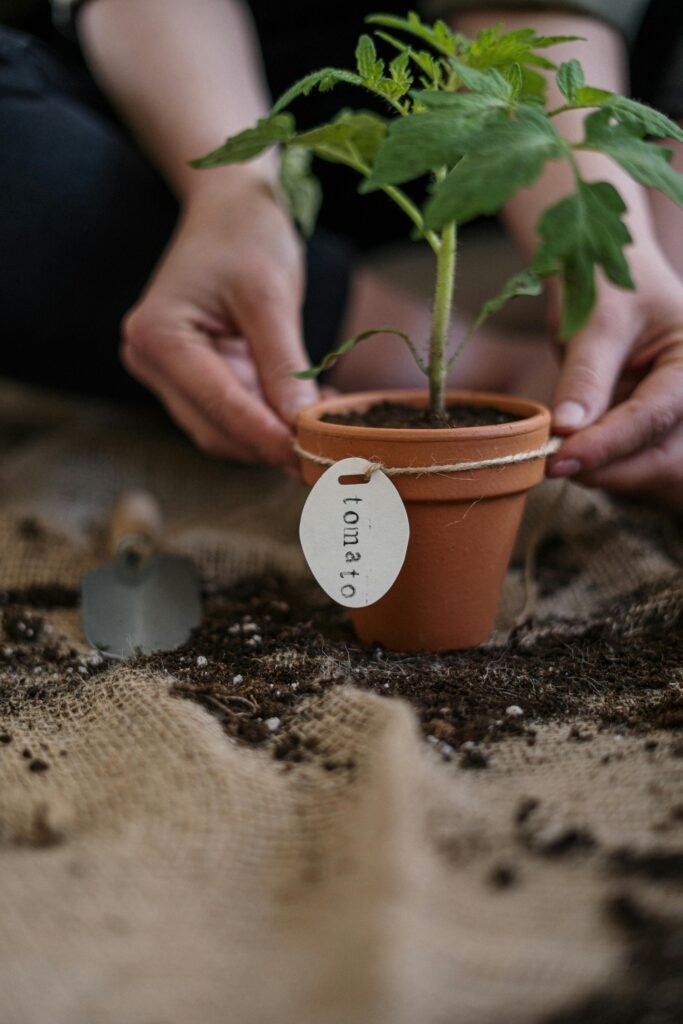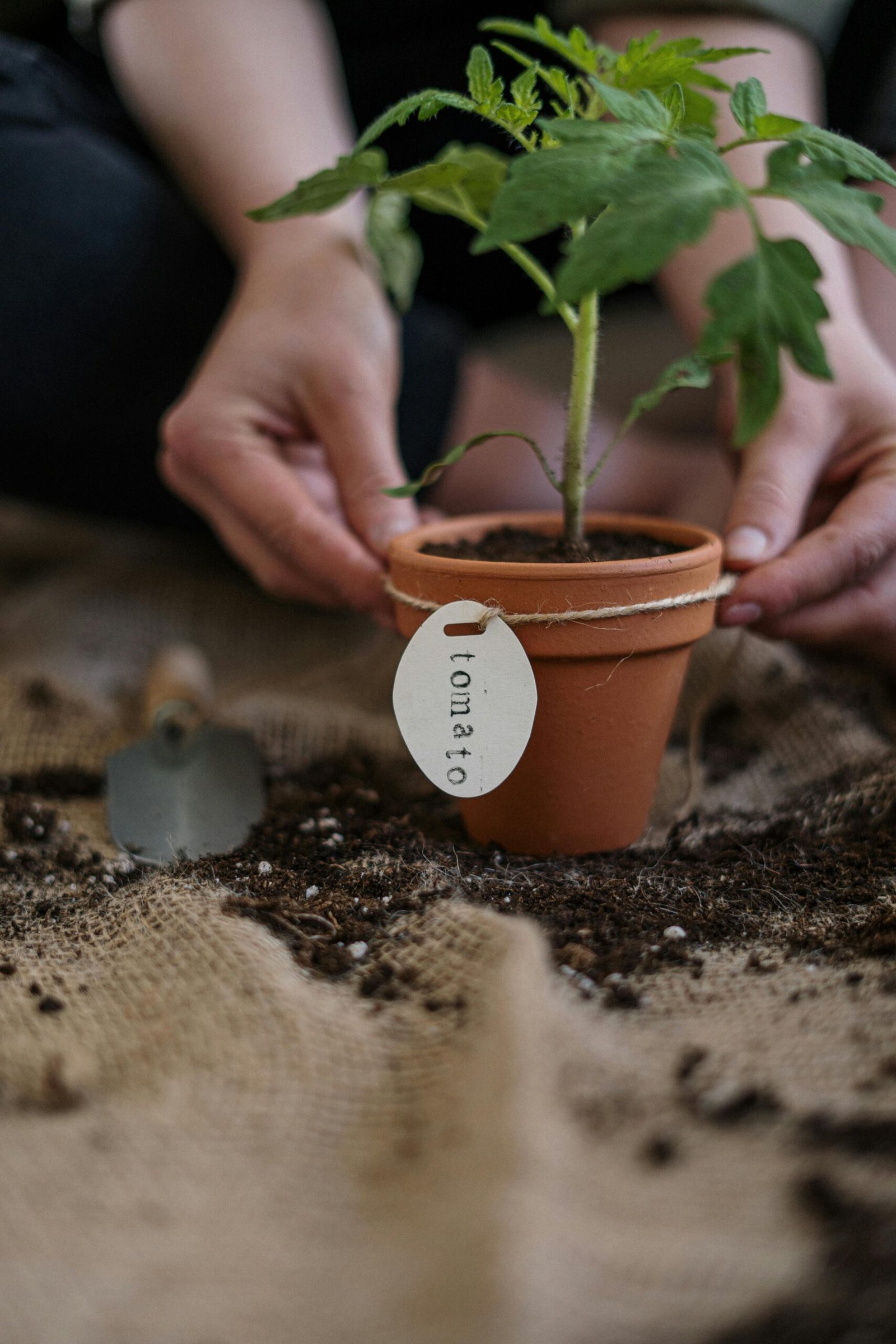Welcome to an article all about optimizing crate production with sustainable techniques! In this piece, we will explore how companies can implement eco-friendly practices to reduce their carbon footprint and increase efficiency in crate manufacturing. By utilizing sustainable materials and energy-efficient processes, businesses can not only help the environment but also improve their bottom line. Let’s dive in and discover how you can make a positive impact on the planet while running a successful crate production operation. Have you ever wondered how you can optimize crate production using sustainable techniques? In today’s world, sustainability is becoming increasingly important for businesses of all sizes. By implementing eco-friendly practices in your crate production process, not only can you reduce your environmental impact, but you can also save costs in the long run. In this article, we’ll explore various sustainable techniques you can use to optimize crate production.

This image is property of images.pexels.com.
Understanding Sustainable Crate Production
Let’s start by understanding what sustainable crate production means. Sustainable crate production involves the use of techniques that minimize negative environmental impact, conserve natural resources, and promote long-term ecological balance. By minimizing waste, using renewable resources, and reducing energy consumption, businesses can ensure that their crate production process is sustainable and eco-friendly.
Benefits of Sustainable Crate Production
Choosing to implement sustainable crate production techniques comes with a wide range of benefits. Not only does it help protect the environment and conserve resources, but it also enhances your brand image, reduces costs, and meets the growing demand for environmentally-friendly products. By optimizing your crate production with sustainable techniques, you can stay ahead of the competition and contribute to a greener future.
Sustainable Materials for Crate Production
When it comes to optimizing crate production with sustainable techniques, choosing the right materials is crucial. Sustainable materials are those that have minimal negative impact on the environment and are either recycled, renewable, or biodegradable. By selecting sustainable materials for your crates, you can reduce your carbon footprint and support a more eco-friendly production process.
Examples of Sustainable Materials
Here are some examples of sustainable materials that you can use for crate production:
| Material | Description |
|---|---|
| Bamboo | Renewable, fast-growing material |
| Recycled Plastic | Material made from post-consumer plastic waste |
| Hemp | Biodegradable, durable material |
| Cork | Sustainable, lightweight material |
By incorporating these sustainable materials into your crate production process, you can make a positive impact on the environment and create products that appeal to environmentally-conscious consumers.
Energy-Efficient Manufacturing Processes
In addition to using sustainable materials, optimizing crate production also involves adopting energy-efficient manufacturing processes. By reducing energy consumption in your production facilities, you can lower your operational costs and minimize your carbon footprint. Implementing energy-efficient practices is not only good for the environment but also for your bottom line.
Energy-Efficient Practices
Here are some energy-efficient practices that you can implement in your crate production process:
- Use energy-efficient equipment and machinery
- Optimize lighting and heating systems
- Implement energy management systems
- Conduct regular energy audits
By incorporating these practices into your production process, you can reduce your energy consumption, lower your utility bills, and contribute to a more sustainable future.
Waste Reduction and Recycling
Another key aspect of sustainable crate production is waste reduction and recycling. By minimizing waste and recycling materials, you can reduce your environmental impact and support a circular economy. Waste reduction and recycling are essential components of sustainable production processes and can help you optimize your crate production in an eco-friendly manner.
Strategies for Waste Reduction
Here are some strategies for waste reduction that you can implement in your crate production process:
- Implement a waste management plan
- Optimize material usage to minimize scrap
- Recycle materials such as wood, plastic, and metal
- Compost organic waste
By implementing these strategies, you can minimize waste generation, conserve resources, and create a more sustainable production process for your crates.

This image is property of images.pexels.com.
Water Conservation in Crate Production
Water conservation is another important aspect of sustainable crate production. By reducing water usage in your production process, you can conserve this precious resource, minimize water pollution, and lower your operational costs. Implementing water conservation practices is not only environmentally responsible but also economically beneficial for your business.
Water Conservation Practices
Here are some water conservation practices that you can adopt in your crate production process:
- Install water-efficient equipment and fixtures
- Implement water recycling systems
- Optimize water usage in production processes
- Conduct regular water audits
By using these practices, you can reduce your water consumption, lower your water bills, and contribute to a more sustainable and eco-friendly production process for your crates.
Employee Training and Engagement
Optimizing crate production with sustainable techniques also involves training and engaging your employees. By educating your workforce about sustainability practices and involving them in the implementation process, you can ensure that everyone is committed to reducing environmental impact and improving the sustainability of your production process. Employee training and engagement are essential for the success of any sustainable initiative.
Importance of Employee Training
Employee training is crucial for the successful implementation of sustainable crate production techniques. By providing your employees with the necessary knowledge and skills, you can empower them to contribute to your sustainability goals and make a meaningful difference in your production process. Engaging your employees in sustainability efforts can also boost morale, increase productivity, and foster a culture of environmental responsibility within your organization.

This image is property of images.pexels.com.
Certification and Compliance
When optimizing crate production with sustainable techniques, it’s important to consider certification and compliance requirements. By obtaining certifications such as ISO 14001 or FSC (Forest Stewardship Council), you can demonstrate your commitment to sustainability and ensure that your production process meets industry standards. Compliance with environmental regulations is essential for maintaining a sustainable production process and building trust with consumers.
Benefits of Certification
Obtaining certification for your sustainable crate production process comes with a range of benefits, including:
- Enhanced credibility and brand reputation
- Access to new markets and customers
- Compliance with legal requirements
- Continuous improvement of sustainability practices
By investing in certification and compliance, you can position your business as a leader in sustainable crate production and differentiate yourself from competitors.
Collaborating with Sustainable Suppliers
An essential aspect of optimizing crate production with sustainable techniques is collaborating with sustainable suppliers. By sourcing materials and components from suppliers that share your commitment to sustainability, you can ensure that your entire supply chain is eco-friendly and environmentally responsible. Building partnerships with sustainable suppliers is key to creating a more sustainable and ethical production process.
Sustainable Supply Chain Partnerships
Here are some benefits of collaborating with sustainable suppliers for your crate production process:
- Access to high-quality sustainable materials
- Reduced environmental impact throughout the supply chain
- Enhanced transparency and traceability
- Support for sustainable practices in the industry
By working closely with sustainable suppliers, you can strengthen your commitment to sustainability and create a more eco-friendly production process for your crates.
In conclusion, optimizing crate production with sustainable techniques is essential for businesses looking to reduce their environmental impact, lower costs, and meet the growing demand for eco-friendly products. By incorporating sustainable materials, adopting energy-efficient practices, minimizing waste, conserving water, training employees, obtaining certification, and collaborating with sustainable suppliers, you can create a more sustainable production process for your crates. Embracing sustainability is not only good for the planet but also for your bottom line and your brand image. Start implementing these sustainable techniques today and make a positive impact on the environment while growing your business.
